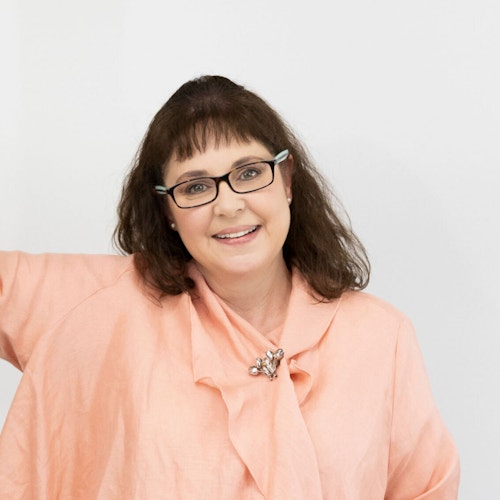

 Words by Jodie Powell
Words by Jodie Powell
Gubbi Gubbi elder Dr Eve Fesl is creating a lasting environmental legacy with the help of the Queensland Koala Crusaders.
Dr Fesl is working with Crusaders’ volunteers to restore and increase koala habitat on the Burpengary East acreage she bought with husband Franz Fesl decades ago.
While much of the property is bushland, volunteers from QKL are clearing weeds and planting new koala-friendly trees to sustain local populations.
Preserving native wildlife is a cause close to Dr Fesl’s heart – she was a member of Victoria’s Save the Kangaroo Committee in the 1970s.
“I was president of the kangaroo committee and we managed to get kangaroo culling banned in Victoria,” Dr Fesl recalls.
Urging motorists to slow down

Closer to home, the first Indigenous person to receive a PhD from an Australian university wants to see motorists slowing down in wildlife zones and has recently installed signs made by North Lakes Signs urging them to do just that.
Queensland Koala Crusaders ambassador Kurt Jones, who organised the signs, hopes they will raise awareness of the role motorists can play in keeping native wildlife safe.
Mr Jones, who founded not-for-profit organisation Co-Exist, which engages young people in environmental issues, introduced Dr Fesl to the Queensland Koala Crusaders.
“We’re working with Eve in collaboration to develop a wildlife conservation centre with the vision of running tours and educational programs,” Mr Jones says.
“We want the next generation to step up.”
Private land crucial for habitat

Queensland Koala Crusaders president Linda Barnes says private landowners hold the key to preserving and increasing precious koala habitat.
“It’s not realistic to stop development - 70 percent of established and potential habitat in Queensland is privately owned or leased,” Ms Barnes says.
“Public land tends to be at risk of development – and with all the development on private land we need to give these animals some place to go.”
Ms Barnes says planting new trees was crucial to supporting koala populations and creating links with existing habitat.
She says it takes between 24 and 36 months from planting for a tree to be viable to support a koala.
“I am excited because it’s going to be a big undertaking – we need to get busy planting.”
Combined approach
Bancroft State MP Chris Whiting, who has helped plant trees on Dr Fesl’s property, says all levels of government have a part to play in boosting habitat for native wildlife.
“I look at Roseberry Place in Burpengary East, where as Council we rebuilt hectares of land,” he says.
“The next thing is to work with private landowners - we can’t achieve biodiversity outcomes without the co-operation of private landowners.”
Stay up to date with local news here.
Related Stories
Top Stories

Vote for Moreton Bay Art Prize people’s choice award
There’s still time to vote for your favourite piece in this year’s Moreton Bay Art Prize exhibition.


Popular Stories

Trai Fuller: ‘It’s always felt like home’
Praised by Wayne Bennett for his courageous style of play and loved by long-time Dolphins fans, Trai Fuller has locked in a two-year deal with the club he calls home. He tells us why it means so much to him

4 Ingredients author to share her favourite recipes
Best-selling author behind the hugely successful 4 Ingredients cookbooks, Kim McCosker, will share three of her favourite recipes when she takes to the stage at this year’s Moreton Bay Food + Wine Festival. Find out what she plans to make here

Changing tide for Coastguard Redcliffe
Coastguard Redcliffe will soon be part of Marine Rescue Queensland and is expected to make the full transition during the next six months. Here’s what it means for volunteers and boaties












